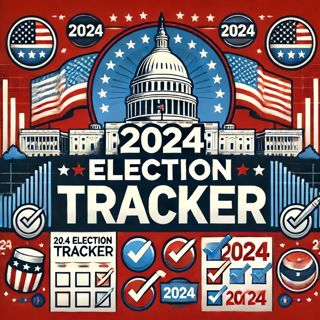
Early Voting Surge and Kamala Harris' Bipartisan Push Reshape 2024 Presidential Race
Om avsnittet
The 2024 presidential election is already shaping up to be a dynamic political contest, marked by significant developments in voter participation and campaign strategies. Notably, early voting has seen a substantial expansion across various states, including Illinois where Chicago has added early voting in 50 more locations, covering every ward and including a Loop Supersite and another office at 69 W. This expansion aims to enhance accessibility and convenience for voters, potentially increasing voter turnout before election day.Additionally, the early voting numbers suggest a highly engaged electorate, although these preliminary figures only provide a partial view of what the final turnout might look like. Historically, early voting data has been used to gauge initial enthusiasm but its predictive value for final election outcomes remains uncertain, especially in a politically volatile environment.In another significant move in the electoral battle, Vice President Kamala Harris, running as the Democratic presidential nominee, has actively sought to broaden her appeal beyond traditional Democratic voters. In a strategic pivot, Harris has focused on appealing to Republican voters in Wisconsin, a key battleground state that can sway national election results. Her efforts underscore the campaign's push to attract undecided and potentially swing voters by reaching across party lines, emphasizing unity and bipartisan solutions.These developments highlight the strategic adaptations and expansions both in terms of election infrastructure and campaign approaches as the United States gears up for the 2024 presidential election. Voter outreach and the strategic targeting of key demographic and geographic segments are poised to play critical roles in shaping the electoral outcomes.